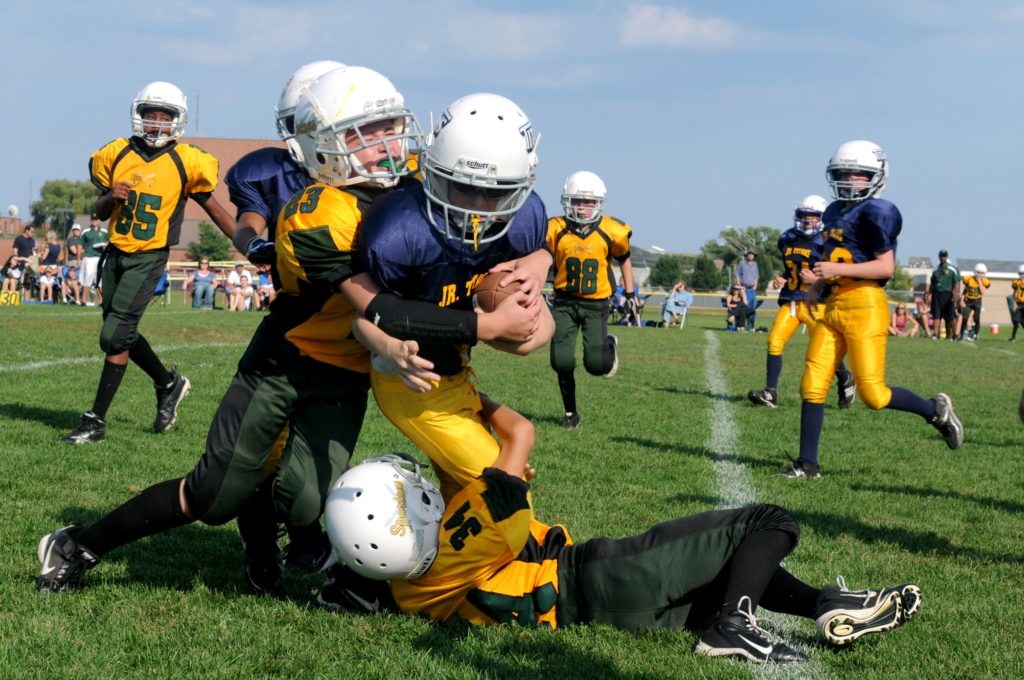Concussion Rehab: Benefits of Aerobic Exercise
When people think of concussion rehab, they typically don’t envision jumping on a bike or a treadmill, but there has been a large increase in research that is in favor of low-intensity sub-symptom threshold aerobic exercise in managing acute and persistent concussion symptoms.
Before I dive into the current research, let me clarify a couple key terms to understand when reading this article:
-
What is Aerobic Exercise:
Exercise that uses energy systems that require oxygen. Aerobic energy systems are utilized after 2 minutes+ of activities such as running, cycling, rowing, swimming, or any other form of “cardio”.
-
What is a Concussion:
Definition: ‘A complex pathophysiological process affecting the brain induced by biomechanical forces’
In other words, a concussion is when the brain moves within the skull, typically following a rapid deceleration or impact to the head or body. The brain moves within the confines of the skull, in which it can impact the inside of the skull or experience torsional stress throughout the axons. A concussion is a mild traumatic brain injury. -
How long does one have to experience symptoms before being considered “ Persistent”:
Adults: > 10-14 days
Children: > 4 weeks
What does the research say?
Closely monitored active rehab programmes involving controlled sub-symptom-threshold, submaximal exercise has been shown to be safe and may be of benefit in facilitating recovery. Current literature suggests exercise can reduce symptoms in the acute phase post-injury and in patients with persistent symptoms. Additionally, aerobic exercise implemented following acute concussion decreased the risk of persistent postconcussive symptoms compared to rest in specific patient populations.
Treatment should be individualized and target-specific medical, physical, and psychosocial factors identified on assessment
Benefits of Aerobic Exercise to Concussion Recovery:
– Reduce symptoms
– Earlier implementation of exercise = protective in improving recovery time following acute concussion
– Can decrease the risk of developing persistent postconcussive symptoms compared to rest
Research is moving away from the out-dated approach to concussion rehab; that is a person should rest in all aspects of their life until completely symptom-free. The nature of a brain injury is that symptoms can persist and resonate for a longer period of time than anticipated, and therefore it is important to teach and encourage patients with concussion symptoms how to safely function with baseline symptoms. Concussion rehab has moved towards “active recovery” rather than the old school “jail” approach, in which patient were recommended to stop all mental, physical, social, and sensory stimulating activities in order to allow for rest in every aspect. We now know this is no longer the shortest or most effective road to recovery.
Talk to your Physiotherapist or Health Care Professional about starting an aerobic exercise program that is safe and appropriate for your concussion.
Get your Kinesiology tape HERE
Amanda Benaim Rocktape ambassador BKin (Hons), MScPT
More about Amanda HERE
